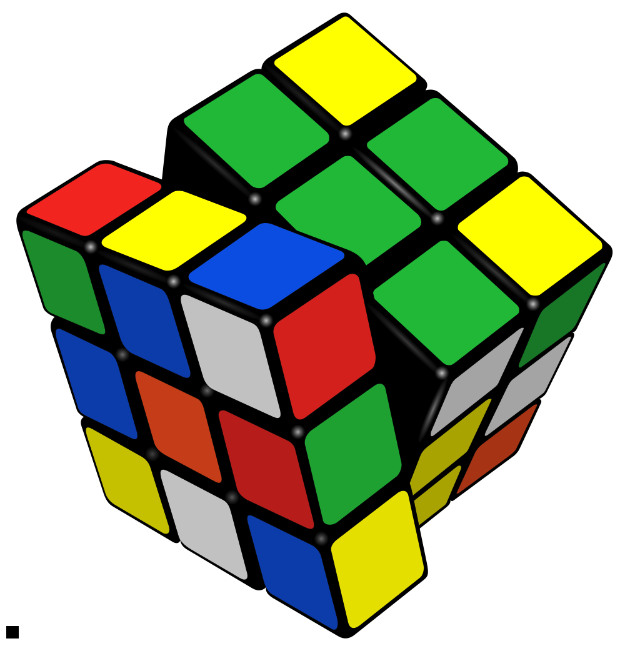
On this day in 1944 ErnÅ‘ Rubik was born. In 1974 he invented the Rubik’s Cube.
In the mid-1970s, ErnÅ‘ Rubik worked at the Department of Interior Design at the Academy of Applied Arts and Crafts in Budapest. Although it is widely reported that the Cube was built as a teaching tool to help his students understand 3D objects, his actual purpose was solving the structural problem of moving the parts independently without the entire mechanism falling apart. He did not realize that he had created a puzzle until the first time he scrambled his new Cube and then tried to restore it. Rubik obtained Hungarian patent HU170062 for his “Magic Cube” in 1975. Rubik’s Cube was first called the Magic Cube (Bűvös kocka) in Hungary. The puzzle had not been patented internationally within a year of the original patent. Patent law then prevented the possibility of an international patent. Ideal wanted at least a recognizable name to trademark; of course, that arrangement put Rubik in the spotlight because the Magic Cube was renamed after its inventor in 1980.
The first test batches of the Magic Cube were produced in late 1977 and released to Budapest toy shops. Magic Cube was held together with interlocking plastic pieces that prevented the puzzle being easily pulled apart, unlike the magnets in Nichols’s design. In September 1979, a deal was signed with Ideal to release the Magic Cube world wide, and the puzzle made its international debut at the toy fairs of London, Paris, Nuremberg and New York in January and February 1980.
After its international debut, the progress of the Cube towards the toy shop shelves of the West was briefly halted so that it could be manufactured to Western safety and packaging specifications. A lighter Cube was produced, and Ideal decided to rename it. “The Gordian Knot” and “Inca Gold” were considered, but the company finally decided on “Rubik’s Cube”, and the first batch was exported from Hungary in May 1980. Taking advantage of an initial shortage of Cubes, many imitations appeared.